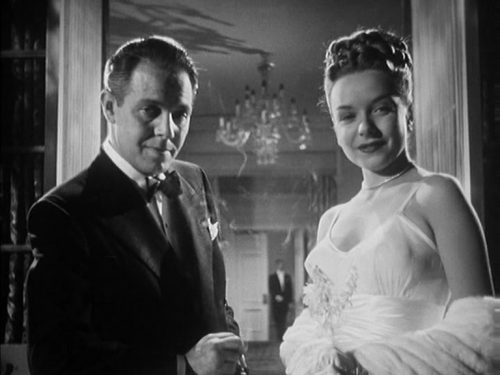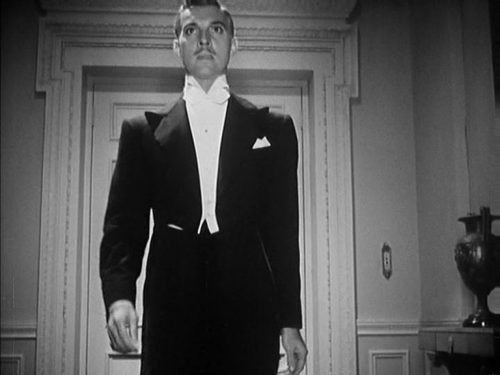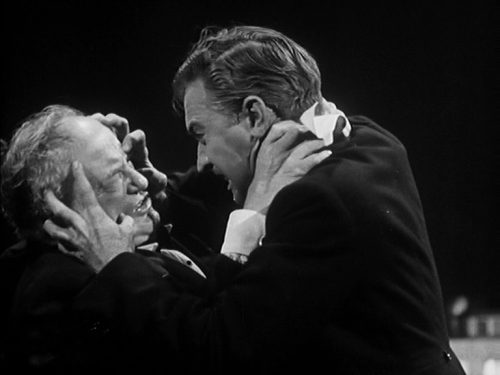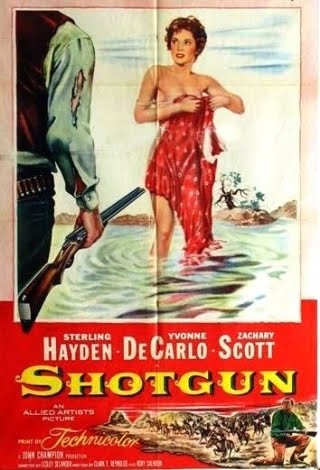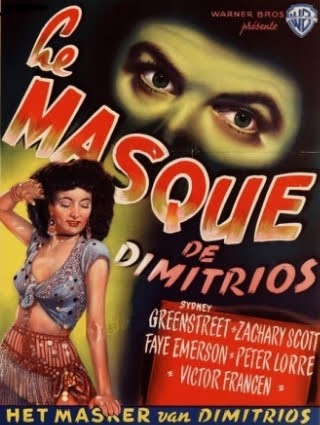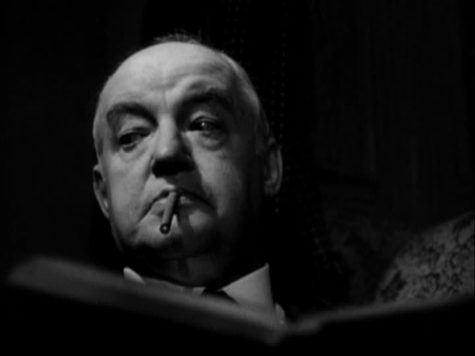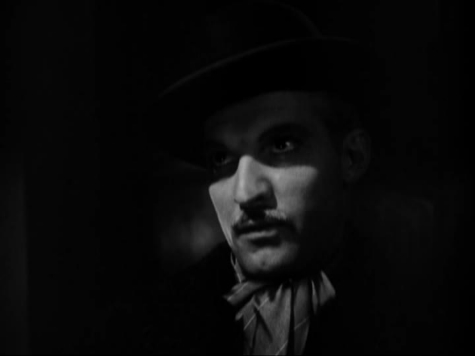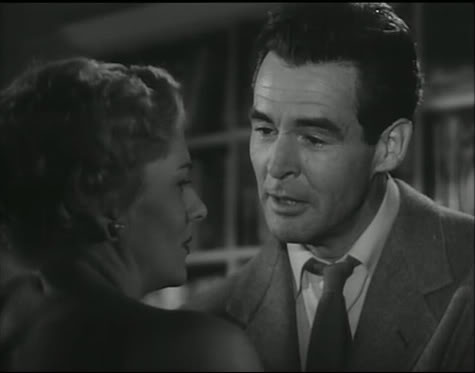Melodrama is essentially just emotionally supercharged drama. Somehow it has garnered if not a bad reputation over the years then at the very least one which attracts a degree of critical sneering. Its defining characteristics, those heated and indeed often overheated passions and emotions, seem to embarrass a lot of cultural commentators, leaving them unable to assess the strengths and the draw of melodrama with any sense of proportion, something that rarely occurs with other genres. Would it not be odd to kick a western for featuring gunfights, a horror movie for including monsters, or a comedy for having the effrontery to raise a laugh? Yet there is no shortage of critics jostling for a prime place in the line formed up to sling brickbats at melodrama. As a result, few people want to associate their names or their company’s names with melodrama, preferring to slap another label on the product, one which is perceived as having more marketing clout and thus greater respectability. Lightning Strikes Twice (1951) is without doubt a melodrama, with all the heightened atmosphere and feeling that one would expect. However, I have seen it labeled film noir, which is both a disservice to the movie itself and a misleading descriptor for potential viewers.
The opening scene leads us to Death Row where a man, pacing his cell like some caged beast, awaits the hour of his execution after having been convicted of the murder of his wife. Then right at the last moment, following an oddly flipped situation which sees a priest seeking forgiveness from the condemned man, word comes through that a stay of execution has been granted in order to permit a retrial. It is soon learned that the new trial has ended with a jury split right down the middle and unable to reach a verdict. So Richard Trevelyan (Richard Todd) walks free, and promptly drops out of sight. It is here that the main point of view character is introduced: Shelley Carnes (Ruth Roman) is an actress on sabbatical for health reasons and riding a bus through Texas on her way to a dude ranch. By chance and coincidence, for no melodrama would be worth its name without a liberal sprinkling of both mechanisms, she runs into a middle-aged couple who are keen to extend help and hospitality, for reasons which will be revealed later. The upshot is Shelley winds up on a remote desert road in the middle of a huge downpour and is forced to seek temporary refuge in the first house she spies. The one person in residence, and he has only just arrived, is Trevelyan. As he tells his tale to Shelley, she is not unsympathetic. The story is incomplete though and the viewer, as well as the characters on the screen, is left unsure of exactly what happened.
So is this a film noir? Well no it’s not, and the fact is that, despite some gloriously inky cinematography by Sid Hickox, the script is not so much dark as muddy. It plunges the viewer into a dizzyingly complex set of interlocking, interlinking and interdependent relationships where jealousy, infidelity, despair and yearning all jockey for position. The screenplay by Lenore J Coffee packs in as much emotional tumult and turbulence as possible and the stark, broiling desert setting is a fitting location for it all. The ghost of Trevelyan’s late wife is ever present, haunting both the past and present of everybody involved. As in Hitchcock’s Rebecca, our never seeing this character lends her a power in death that is every bit as malignant as her influence in life is said to have been.
Perhaps there is a bit too much doubt or ambiguity injected into proceedings. The truth is that once one strips away the admittedly well rendered atmospherics the mystery at the heart of the film is not that hard to crack. Still,the direction of King Vidor (Duel in the Sun, Man Without a Star, Ruby Gentry) is a visual delight, exhibiting great style and creativity. He frequently captures characters either in reflection or in frames within frames. The effect here is that the full picture is never allowed to emerge, with something always obscured or placed strategically out of sight. This serves to heighten the sense of unease and suspicion, leaving viewers and characters unsure and feeling forever at a loss.
Both Richard Todd and Ruth Roman were riding high at this point and getting some plum roles. Todd had just recently received great acclaim for The Hasty Heart and had taken the lead in Hitchcock’s Stage Fright. His career saw him take on a variety of square-jawed heroic parts but he was equally effective in more ambivalent roles too. Coincidentally, Ruth Roman was working with Hitchcock around this time as well, as the leading lady in the superlative Strangers on a Train. I’ve always felt she had an air of toughness about her, and while that quality is discernible here she never allows it to override the innate vulnerability which is essential for her role to make sense. If the careers of Todd and Roman were in the ascendancy, then the same cannot be said for Zachary Scott. His star was on the wane and this would be the last movie he made at Warner Brothers. His part reflects this decline too, a supporting role at best which sees him only appear in the latter half of proceedings and with just one notable scene – an edgy nighttime drive across the desert with Roman. Mercedes McCambridge gives another masterclass in twitchy, quivering frustration as the owner of the dude ranch – surely no other actress has been as accomplished at portraying dissatisfied, self-loathing types.
Lightning Strikes Twice is available on DVD via the Warner Archive and the transfer looks quite strong. Personally, I like this movie – the stars, director, genre and overall look and vibe appeal to me. However, I realize this type of thing is not going to work for everybody. Again, I feel it is a real stretch to call this a film noir and anyone approaching it on those terms is likely to come away feeling disappointed and short-changed. Sure it has the look of noir at times and one could say it does pause to light up a smoke and cast a glance down those murky cinematic alleys on occasion but it is melodrama all the way, and an enjoyable example of that genre for those who are happy to embrace it.







